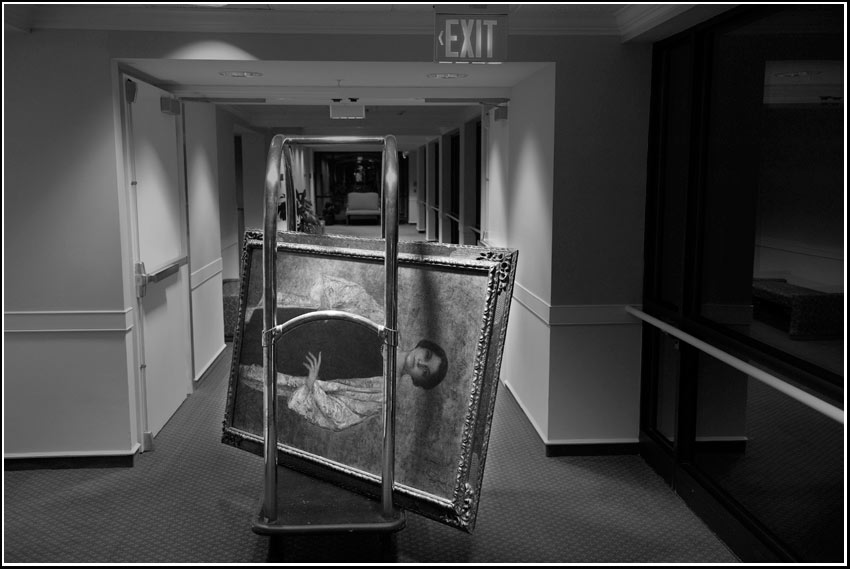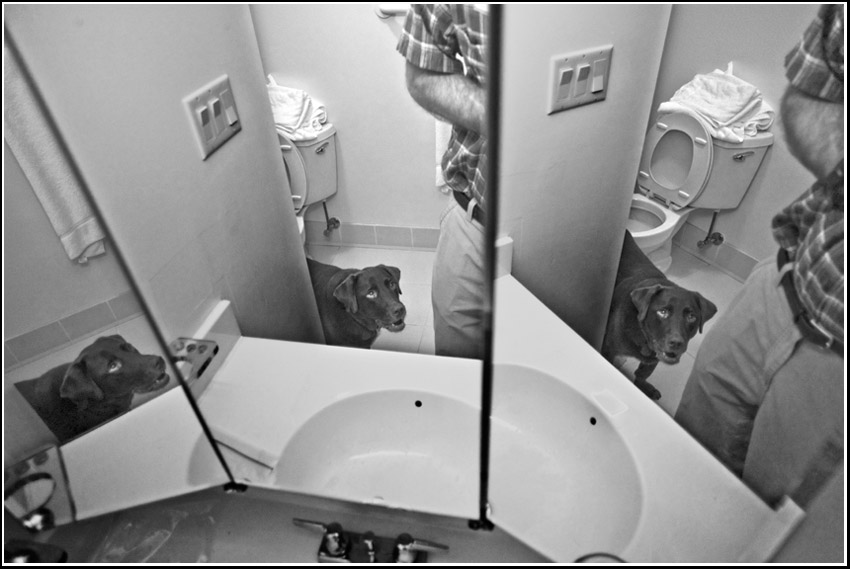
During WWII, before my father deployed, my parents moved all over the US. Today, my mom is changing address again, 2nd time in 7 months. She rangers on, I long for the stability of the homes she created.
Category: change
please advise
Ragged Mountain
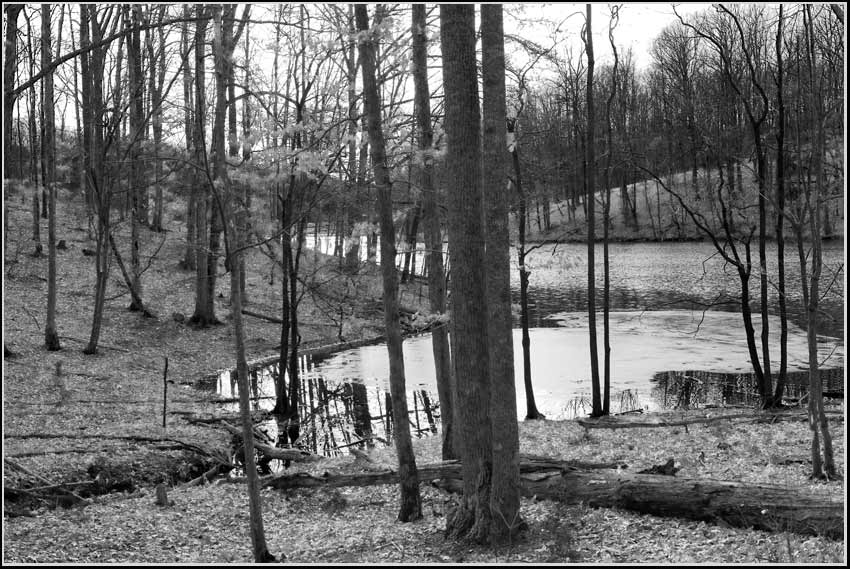
Walked the trail around the lower Ragged Mountain reservoir yesterday.
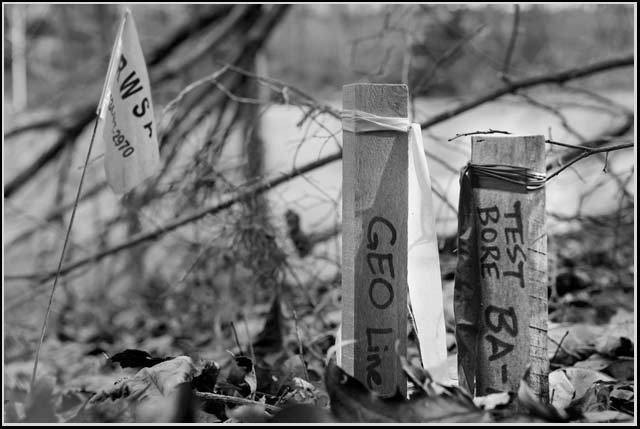
Some signs of geotechnical activity.
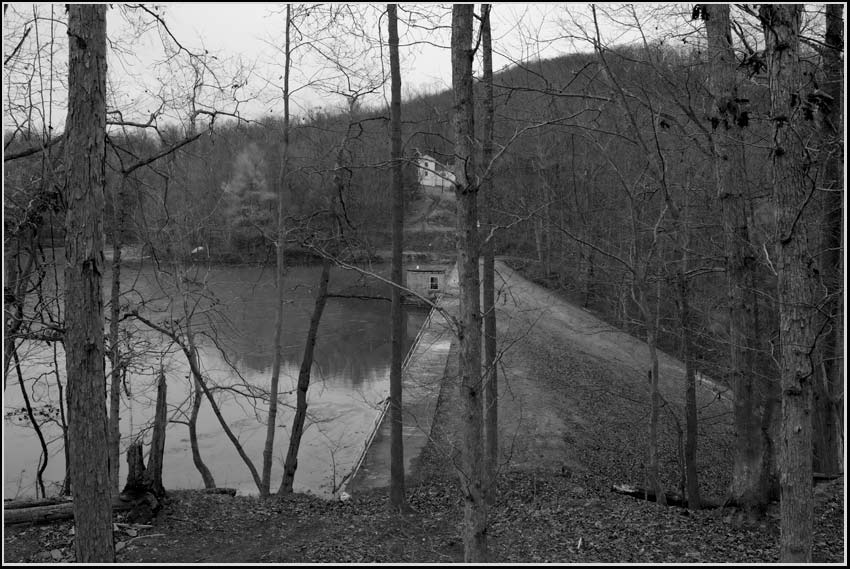
House to be submerged?
2006 Cadillac DTS

Momentarily changing hats. Photographer to car salesman. The short story? This car was garaged, owned and maintained with care. Low mileage (26,000). Additional photos and information available.
Frosty

doing errands in the Capital City. Longing for the heyday of banking. These days it is as if a neutron bomb had been detonated, leaving the physical structures of the banks untouched but all the personnel gone. There is the bank, the money, the cubicles, but the staff has been reduced to Frosty and he is famously immobile. So the several of us waiting hatched a plan.
We unplugged Frosty.

The response was gratifying. The branch manager instantly appeared, spoke to us all. Checked on our health and that of Frosty. We laughed. We waited. The service was as expeditious as possible. We did business, left longing for the goodle days, before bank officers were replaced with inflatables, before quantitative easing, before securitization of mortgages, back back back to the days of silver coins, copper pennies, silver certificates and savings account passbooks.

(should any of you banking center types be lurking… while your boards of directors and CEO’s plundered the American economy, while we do not like you… you have great employees. Truly. Nice people to do bidness with. Hire more of them!)
final days

defenestrated Ix building.
railroad tracks
Puget Sound

Whidbey Island
closets
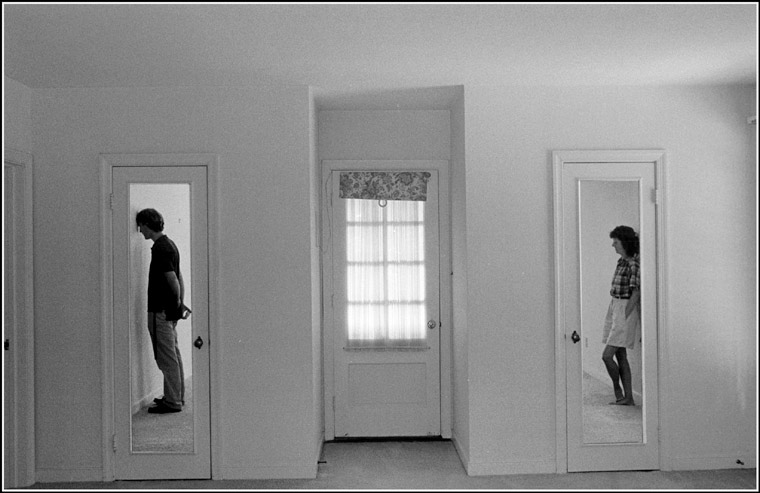
Somewhere along the line, people decided they needed closets. My 1890 worker house doesn’t have these nasty newfangled spaces. It has square rooms.
In North America, chests, trunks and wall-mounted pegs typically provided storage prior to World War II. Built-in wall closets were uncommon and where they did exist, they tended to be small and shallow. Following World War II, however, deeper, more generously sized closets were introduced to new housing designs, which proved to be very attractive to buyers. It has even been suggested that the closet was a major factor in peoples’ migration to the suburbs.–Wikipedia
Liriodendron tulipifera
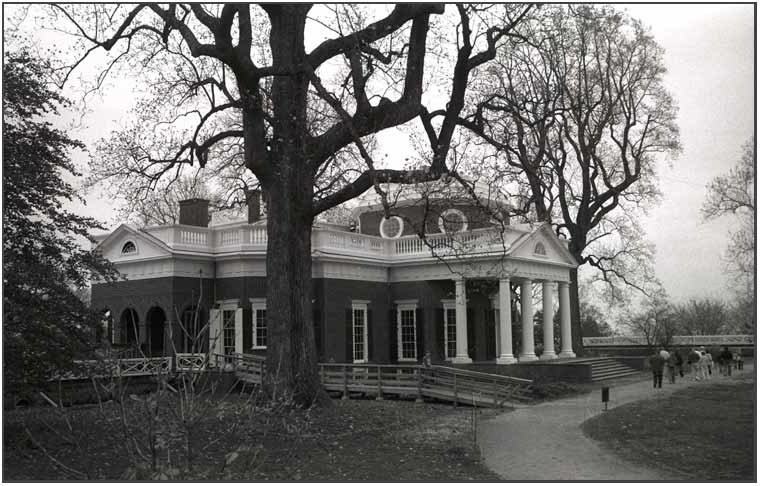
Tulip trees on the west side of Monticello.

This is an old tree. There is evidence it was planted April 16, 1807. I have five tulip trees to plant this weekend. This tree is 22 feet in circumference, the trees I am planting are 3/4 of an inch in circumference.
This tree affected many lives. One was my neighbor Mike Van Yahres grandfather’s. (Visit Monticello’s podcast section and search poplar for that story)
The tree was removed. Profound health issues. I am pleased that the grounds people are leaving the stump in place for awhile. It is a memorial.
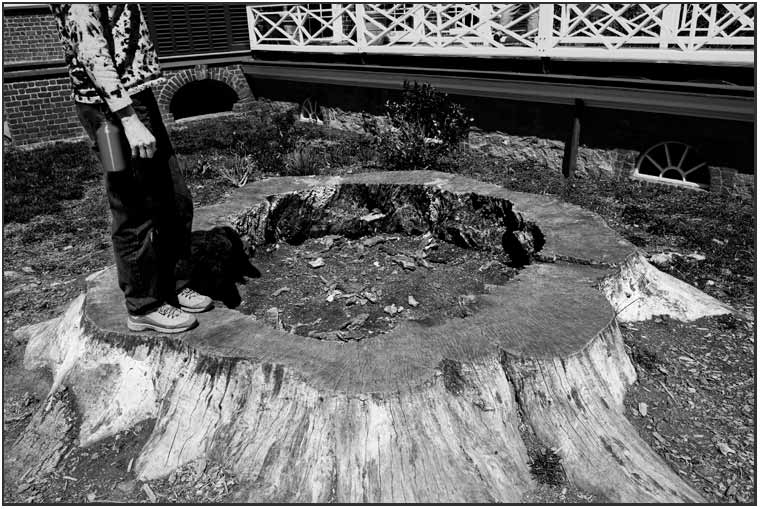
See Patterson Clark’s excellent article in the Washington Post about tulip trees.
